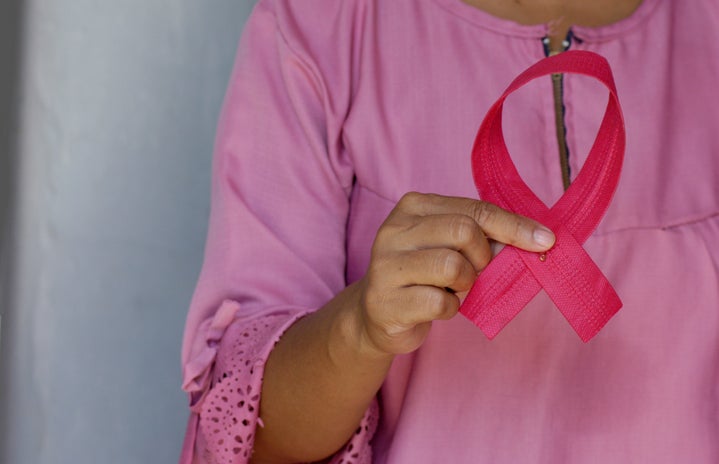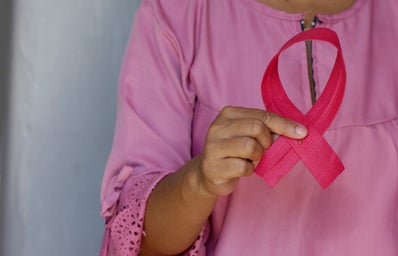Breast Cancer affects about 1 in 8 women, according to the U.S. Breast Cancer statistics. This cancer is the most common that is seen in women. Early detection of lumps can increase the survival rate.
What is Breast Cancer?
Breast Cancer occurs when an abnormal amount of cells are created and become an uncontrolled growth of breast cells. This then leads to an attack on its tissues in one breast, or both. A tumor is then created which could be benign (not dangerous to health) or malignant (potential to be dangerous). If left unchecked these tumors can spread to other parts of the body.
What are the Symptoms of Breast Cancer?
The most common symptom of breast cancer is a lump in your breast or armpit.
According to the American Cancer Society, any of the unusual symptoms can be signs of breast cancer:
- Swelling of all or part of the breast
- Breast or nipple pain
- Nipple discharge (not breast milk)
- Skin dimpling
- Nipple retraction (turning inward)
- Swollen Lymph Nodes
- Nipple or breast skin that is flaky, red, or thickened
Monthly self-examination is important to help detect any signs of breast cancer. While this is crucial, it should not replace exams and screening tests done by doctors.
Cisgender Women should conduct this exam after their period. Women who are no longer menstruating should choose one day a month and keep it consistent.
How do I do a self-examination?
According to Cleveland Clinic, this is how to conduct a proper self-examination.
- Visual Inspection: Remove clothes on the upper half of your body and stand in front of the mirror. Lay your arms down by the side and inspect any changes in the breast including the nipple, swelling, and dimpling of the skin. Then raise arms and look for the same changes. Finally, put hands on hips and flex chest muscles, and look for the same changes.
- Manual Inspection while standing: Use the right hand to examine the left breast and vice versa. Using the three middle fingers, press on the entire breast using light pressure, medium, and then firm pressure. Press the tissue under the arm and check under the areola, don’t forget to make sure there is no discharge from nipples.
- Manual Inspection when lying down: Lie down and place a pillow under your right shoulder and place your right arm behind your head, using the left hand apply the same techniques of self-examination. Swap to the other side and use the same techniques for self-examination.


